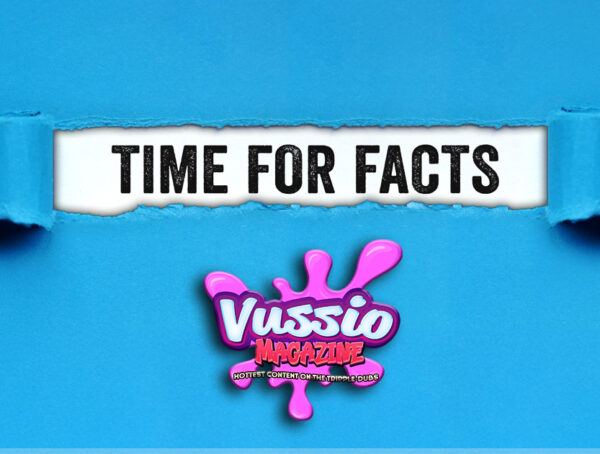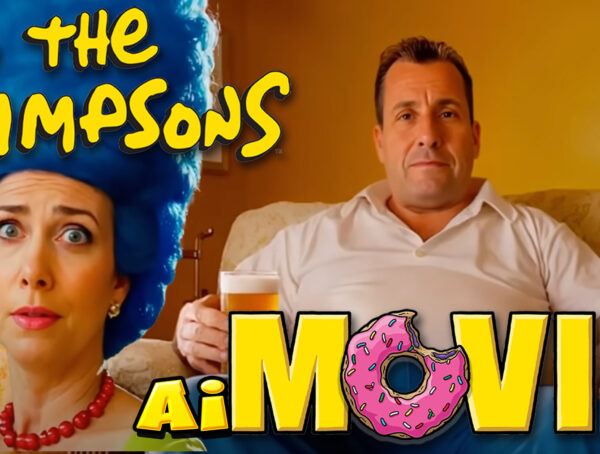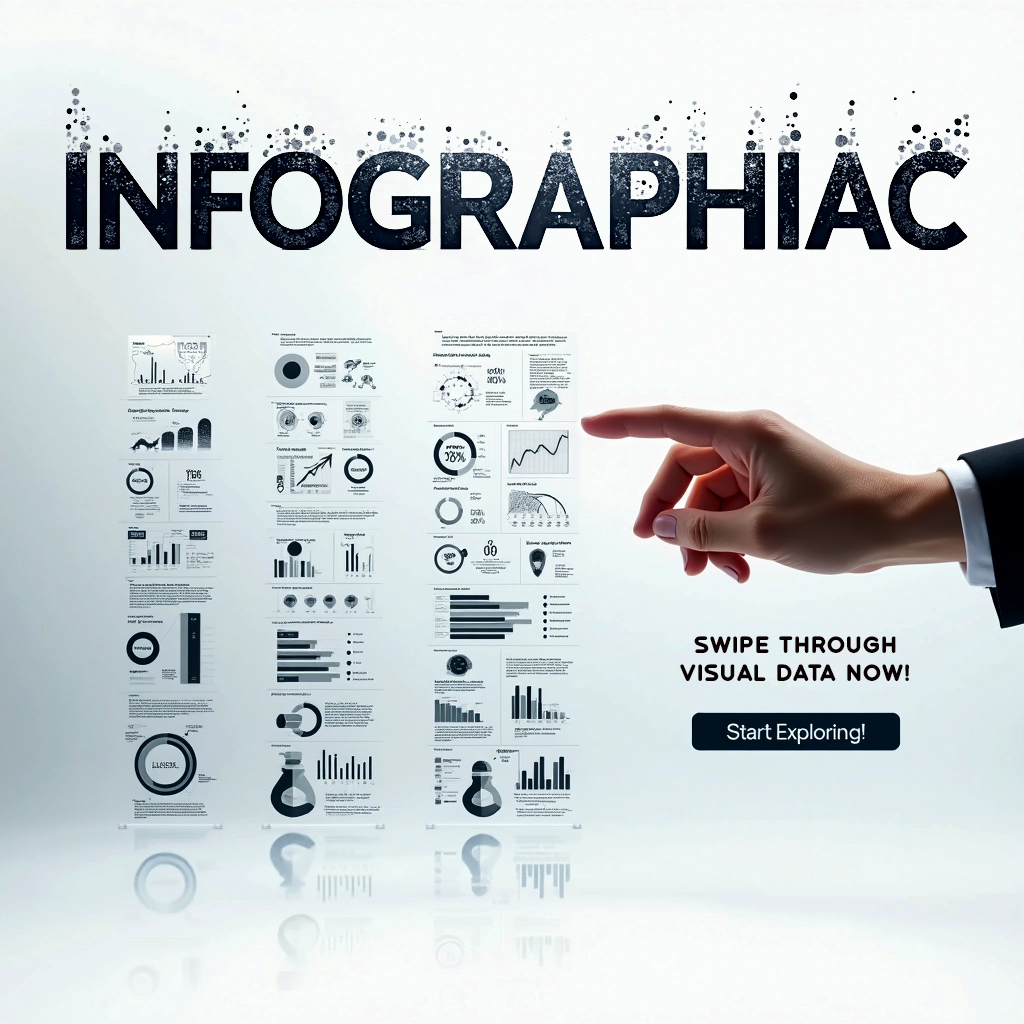TL;DR Summary:
Thought experiments like the Prisoner’s Dilemma, Trolley Problem, and Ship of Theseus explore trust, morality, and identity. The Prisoner’s Dilemma highlights how rational individual choices can lead to worse outcomes for groups, emphasizing the fragility of cooperation. The Trolley Problem challenges moral decision-making by pitting utilitarian outcomes against deontological ethics, showing the complexity of ethical dilemmas. The Ship of Theseus questions the nature of identity, examining whether continuity or material composition defines existence. These experiments probe the core of human experience, helping us navigate real-world dilemmas and rethink fundamental concepts about who we are and how we act.
What if you could never trust anyone? What if choosing between two bad options revealed more about you than the options themselves? And what if you—yes, you—weren’t really the same person you were yesterday?
These aren’t just abstract questions. They’re the beating heart of thought experiments, those mental playgrounds where philosophers, scientists, and curious thinkers have wrestled with the most profound mysteries of existence. Unlike physical experiments, thought experiments don’t require labs or equipment—just your imagination. They’re tools for thinking about reality, morality, and identity in ways that push us to the very edge of understanding. Throughout history, thought experiments have illuminated our understanding of complex concepts, prompting us to reconsider our assumptions and beliefs. For instance, there have been times psychologists explored curiosity limits, challenging the notion of what it means to seek knowledge and how far one might go in the quest for understanding. These explorations can reveal not only the boundaries of human thought but also the essence of what it means to be curious in an ever-evolving world. Moreover, the rich landscape of human inquiry is filled with psychology experiments that pushed boundaries, opening up new vistas in our understanding of the mind. These experiments often blur the lines between ethics and exploration, forcing us to confront uncomfortable truths about ourselves and the human condition. As we engage with these thought experiments and psychological studies, we cultivate a deeper awareness of our motivations, desires, and the implications of our quest for knowledge.
Today, we’re going to dive into three of the most famous thought experiments of all time: The Prisoner’s Dilemma, The Trolley Problem, and The Ship of Theseus. These aren’t just puzzles—they’re provocations. They reveal the tensions between cooperation and competition, morality and sacrifice, and continuity and change. Through these thought experiments, we can explore complex ethical questions that resonate in our everyday lives, particularly in situations where our choices shape the fabric of society. Moreover, the implications of these dilemmas can extend beyond philosophy into areas such as governance, economics, and even slang development in modern communication, illustrating how our interactions are often marked by conflict and compromise. Ultimately, engaging with these concepts encourages us to reflect on our values and the human experience as we navigate the dilemmas that arise in our interconnected world. As we analyze these thought experiments, we can see how they shed light on real-world scenarios, where our decisions influence not just our individual lives but the larger community dynamics as well. For instance, in the realm of communication, understanding the nuances of cooperation and competition can significantly impact slang evolution in contemporary language, as individuals adapt and shape linguistic expression based on social contexts. By pondering these ethical dilemmas, we not only deepen our comprehension of personal and societal dilemmas but also enhance our ability to navigate the complexities of human interaction, reminding us of the intricate balance between our collective values and individual choices.
Let’s begin.
The Prisoner’s Dilemma: When Logic Betrays You
Imagine this: you and your partner in crime have been arrested. The police don’t have enough evidence to convict you, so they separate you and offer each of you the same deal.
- If you betray your partner and they stay silent, you go free, and your partner takes the full sentence.
- If you both stay silent, you each get a light sentence.
- But if you both betray each other, you’ll both get moderate sentences.
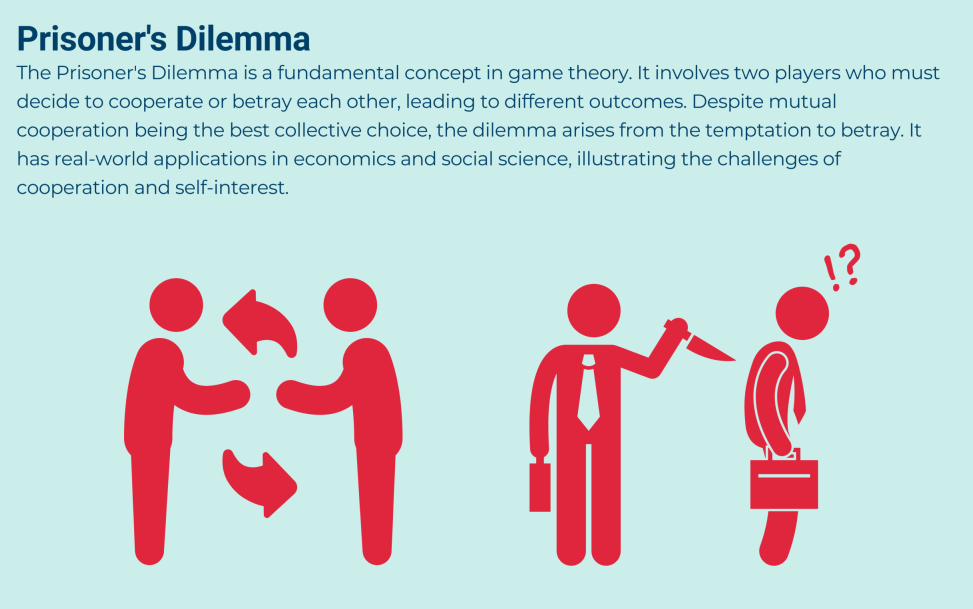
What do you do? On the surface, the answer seems obvious: betray your partner. No matter what they do, betrayal minimizes your worst-case scenario. But here’s the twist: if both of you betray each other, you end up worse off than if you’d just stayed silent.
This is the Prisoner’s Dilemma, a cornerstone of game theory and one of the most famous thought experiments ever devised. It reveals a profound paradox: the rational choice for the individual often leads to irrational outcomes for the group.
Why It Matters
The Prisoner’s Dilemma isn’t just a thought experiment—it plays out in real life all the time. Think about climate change. Every country benefits from reducing global emissions, but each country has an incentive to free-ride on the efforts of others, continuing to pollute while others shoulder the burden. If everyone acts this way, the planet suffers.
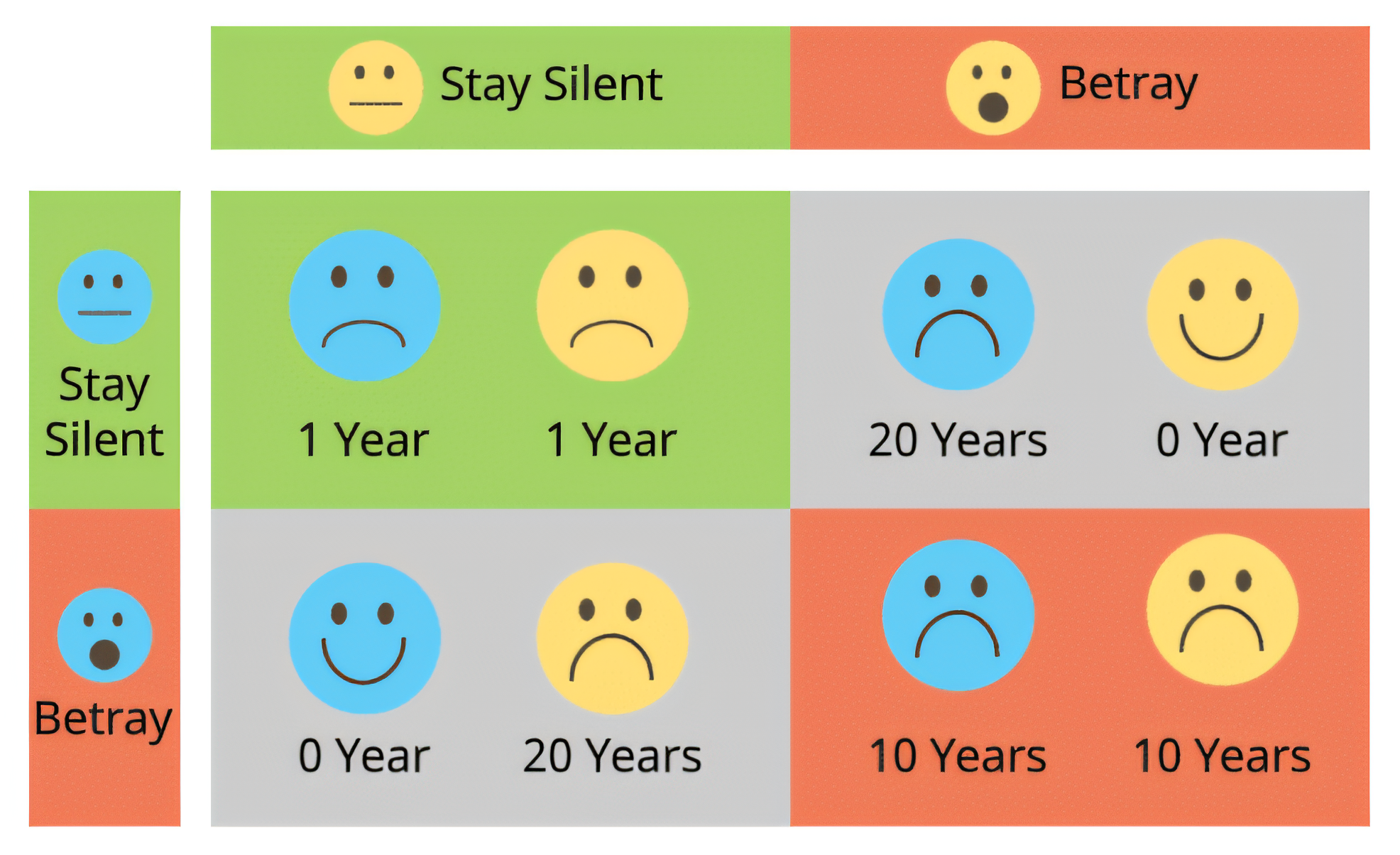
Or consider an arms race. Two nations might prefer disarmament, but each fears that if they disarm, the other will gain a military advantage. The result? Both build up arms, making the world less safe.
What It Teaches Us
The Prisoner’s Dilemma forces us to confront the fragility of trust and cooperation. Solving real-world dilemmas often requires communication, enforceable agreements, or systems that align individual incentives with the collective good. Without these, rational self-interest leads to lose-lose scenarios.
But it also raises a deeper question: when does it make sense to risk your own well-being for the greater good? And how do we build systems that encourage cooperation when betrayal feels safer?
The Trolley Problem: A Crash Course in Morality
Now let’s get ethical. Imagine you’re standing next to a lever. A runaway trolley is speeding toward five people tied to the tracks. If you do nothing, they’ll be killed. But if you pull the lever, the trolley will divert to another track, where one person is tied up. Do you pull the lever?
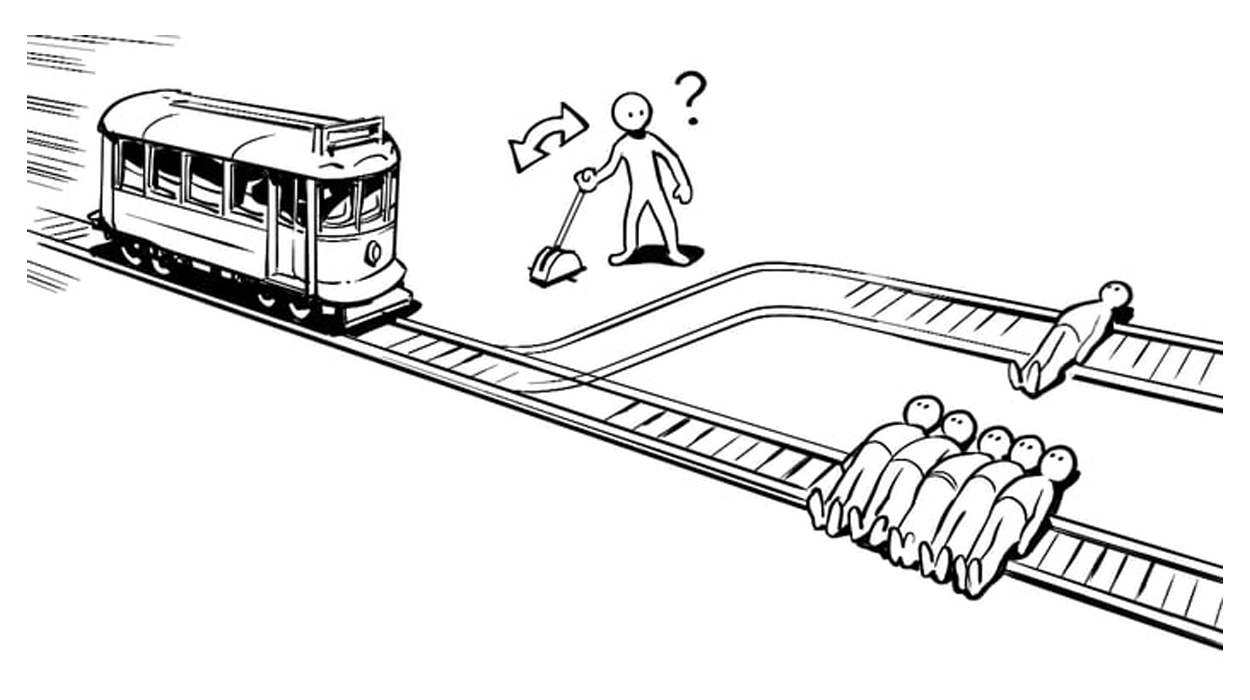
This is the Trolley Problem, a thought experiment first introduced by philosopher Philippa Foot. It’s one of the simplest and most powerful tools for exploring morality. On the surface, it seems like a numbers game—one life versus five. Easy choice, right?
But what happens when we start changing the scenario?
Variations That Break Your Brain
For instance, what if instead of pulling a lever, you had to push a large man off a bridge to stop the trolley? Most people hesitate, even though the math—one life to save five—stays the same. Why?
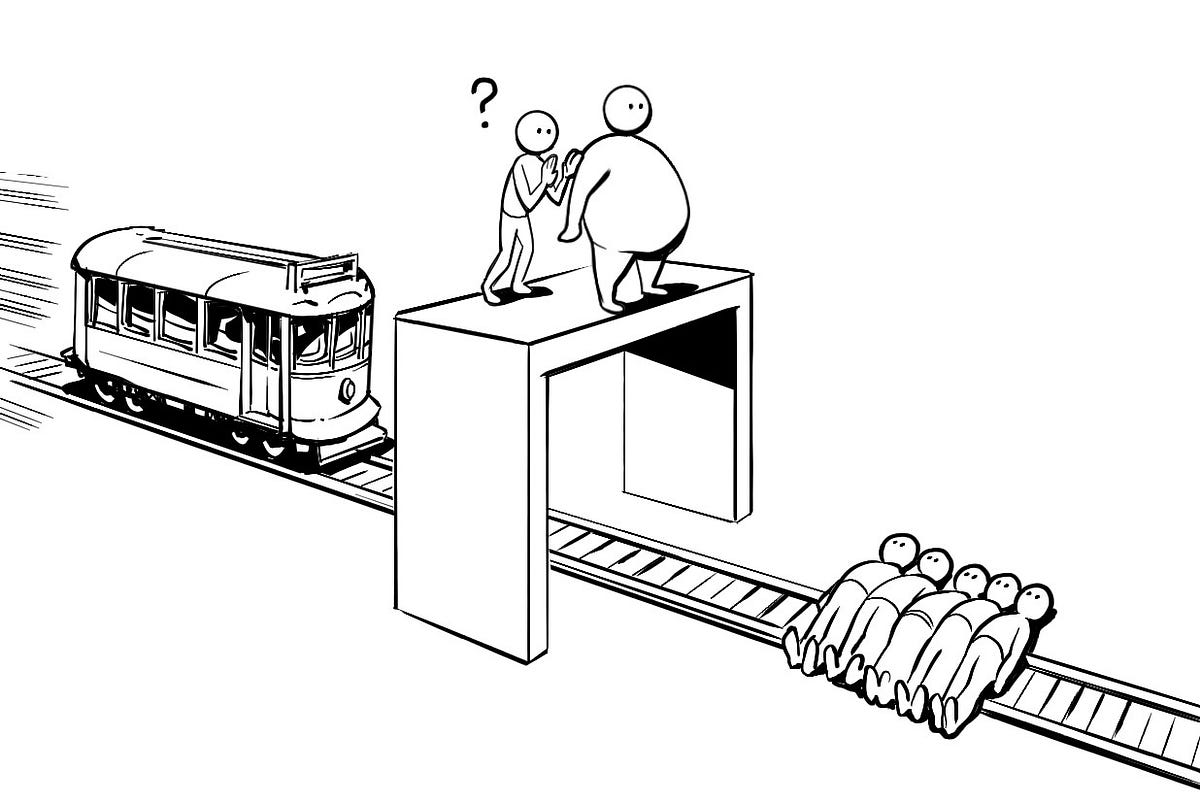
It turns out, morality isn’t just about outcomes. It’s about how those outcomes are achieved. Pulling a lever feels distant, almost mechanical, while pushing someone off a bridge feels deeply personal. In the bridge scenario, you’re not just allowing harm—you’re actively causing it. And that distinction matters, emotionally and ethically.
But there’s more. What if the one person on the track is someone you know—a loved one, maybe? What if the five people are all criminals? What if the trolley can only be stopped by sacrificing yourself? Suddenly, the simple arithmetic of one versus five becomes tangled in context, relationships, and values.
The Battle of Ethical Theories
The Trolley Problem pits two major ethical theories against each other:
- Utilitarianism, which says the moral choice is the one that maximizes overall happiness. Pull the lever, save five lives, minimize harm.
- Deontology, which says certain actions—like killing an innocent person—are inherently wrong, no matter the consequences.
What makes the Trolley Problem so compelling is that it doesn’t have a clear answer. Instead, it reveals the messy, emotional core of moral decision-making. It forces us to confront not just what we believe, but why we believe it.
Why It Matters
The Trolley Problem isn’t just a thought experiment—it’s a blueprint for real-world dilemmas. Think about autonomous vehicles. Should a self-driving car prioritize the safety of its passengers or pedestrians? Or consider medical ethics: how do we allocate limited resources like organ transplants? Even military leaders must wrestle with trolley-like decisions, balancing collateral damage against strategic objectives.
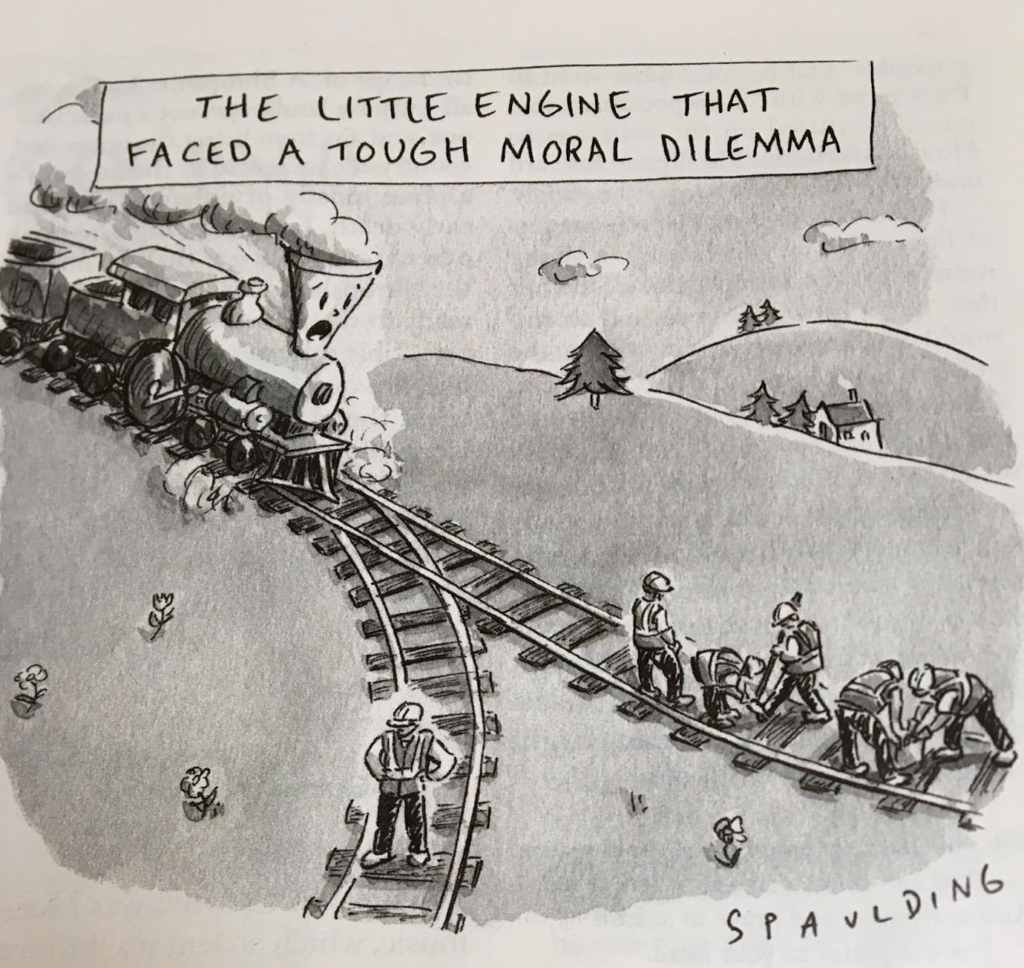
By exploring the Trolley Problem, we uncover not just the limits of our morality, but the compromises we’re willing—or unwilling—to make when lives are at stake.
The Ship of Theseus: What Makes You, You?
Now let’s set sail into the paradox of identity. Imagine a ship—the legendary Ship of Theseus—preserved in a museum. Over time, its wooden planks begin to rot, so one by one, they’re replaced. Eventually, every single plank has been swapped out. Is it still the same ship?
But wait—what if you gathered all the original planks and used them to reconstruct the ship? Now there are two Ships of Theseus: the one gradually maintained over time, and the one rebuilt from the original materials. Which one is the “real” ship?
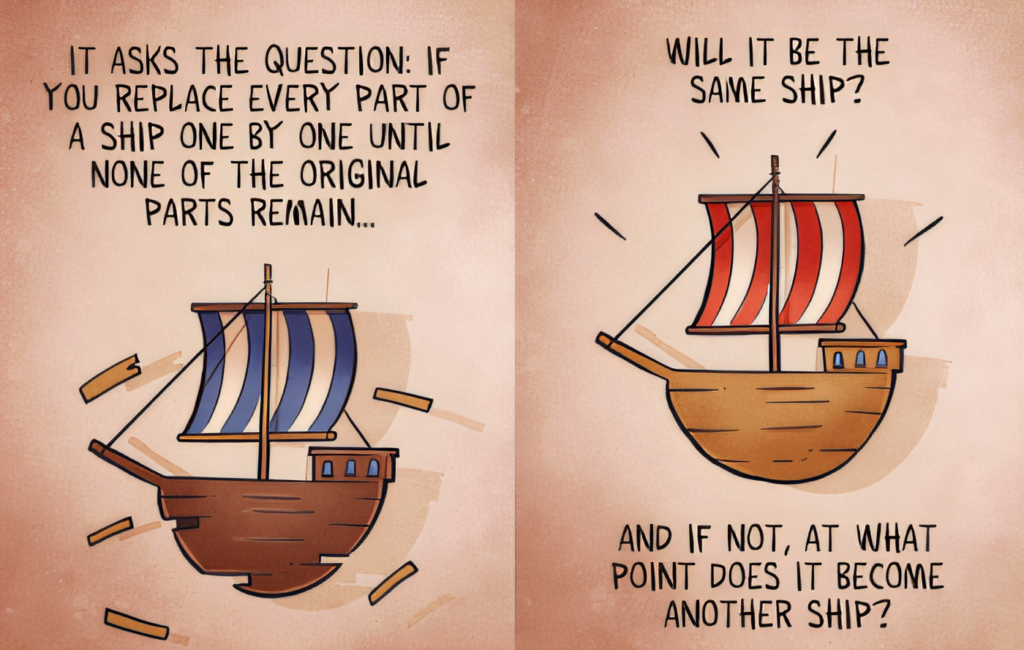
This isn’t just a question about boats. It’s a question about you. Your body replaces most of its cells every seven to ten years. Your memories, habits, and personality change over time. So, are you the same person you were a decade ago? And if not, what makes you… you?
Why It Matters
The Ship of Theseus challenges the very concept of identity. Is identity tied to physical components? To continuity over time? Or is it something more abstract—a function, a pattern, a perception?
In the digital age, this question has new relevance. What happens when an AI system replaces every part of itself through updates? Is it still the same AI? And what about humans? If we could upload our consciousness to a computer, would the digital version still be us? Or would it just be a convincing copy?
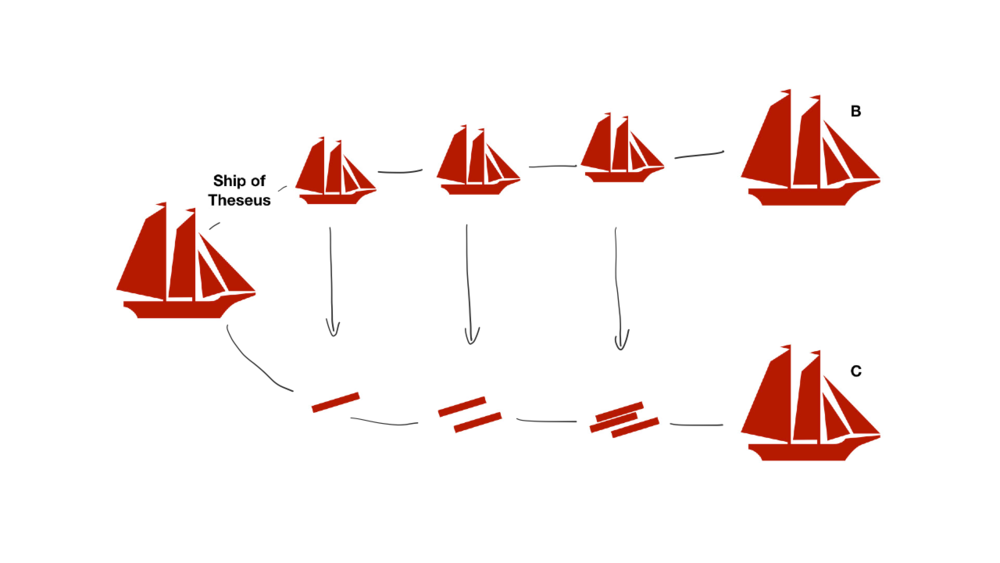
Even corporations and nations face this paradox. Companies change employees, policies, and products but retain the same name and identity. Are they the same entities, or something new masquerading as the old?
The Real Lesson
The Ship of Theseus teaches us that identity isn’t a static, fixed point—it’s a process. Ships, people, ideas, companies, nations—all these things are in constant flux. What we think of as a singular, unchanging identity is actually shaped by a delicate interplay of continuity, change, and perception.
Identity may not reside in the materials or the exact configuration of something at any given moment. Instead, it may lie in the relationships between those elements over time and how we perceive those relationships. This forces us to rethink the way we define what “is” and what “was.”

The lesson is profound: to persist doesn’t mean to stay the same—it means to endure through transformation. And in a world where change is constant, this understanding of identity helps us navigate not only philosophical puzzles but also practical questions about who we are, where we’ve been, and what we are becoming.
The Big Picture: Why Thought Experiments Matter
The Prisoner’s Dilemma, Trolley Problem, and Ship of Theseus aren’t just intellectual exercises—they challenge us to confront the core of what it means to be human. They expose the fragility of trust, the complexity of morality, and the fluidity of identity. More importantly, they force us to question what defines our choices, beliefs, and even ourselves.
In today’s rapidly changing world, these questions are more relevant than ever. Whether navigating AI ethics, global cooperation, or personal reinvention, the lessons of these thought experiments remind us that understanding life isn’t about finding clear answers—it’s about wrestling with difficult questions.
Ultimately, they teach us that identity, morality, and trust aren’t fixed—they’re processes, shaped by our actions and perceptions. Who we are is revealed not by the answers we give but by the questions we dare to ask.
More from Featured
Truth Is Stranger Than Fiction: These 6 Facts Prove It
Interesting facts are like a secret backdoor. They let you see the world in ways most people never notice. Occasionally, …
The Real-Life Simpsons: A Bold Reimagining Hits Theaters in 2025
https://www.youtube.com/watch?v=GUWxoP1pmis The upcoming 2025 release of The Real-Life Simpsons may be the most absurdly ambitious gamble Hollywood has taken to date. …
The Real Cost of Participation Trophies: How We Raised a Generation of Entitled Adults
It’s the age-old story of the participation trophy, that shiny piece of plastic designed to placate little Timmy after his …









